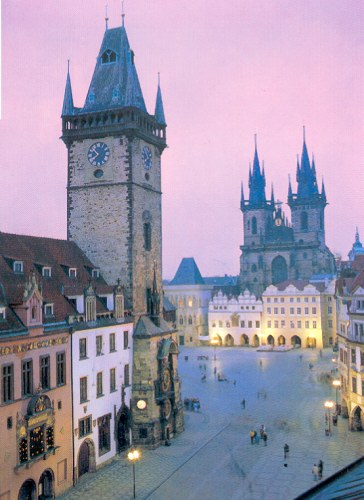| About Prague |
|
Prague |

|
The capital of the Czech Republic is our most valuable urban conservation area. In 1992 the historical core of the city covering 866 hectares was listed in the UNESCO World Cultural and Natural Heritage Register. Prague was one of the nine cities awarded by the European Community the title of European City of Culture for the year 2000. Since the Middle Ages, Prague has been known as one of the most beautiful cities of the world, and has been attributed adjectives such as "golden" Throughout centuries, prominent personalities paid homage to it. W. A. Mozart,
L. van Beethoven, F. M. Dostoyevsky, A. Rodin, G. Apollinaire, P. I.
Tchaikovsky, O. Kokoschka as well as the British Queen Elizabeth II and Pope
John Paul II professed their beguilement by its attractiveness and
architectural beauty. Writers and poets, such as Jan Neruda, Jaroslav Hasek,
Jaroslav Seifert, Franz Kafka, Max Brod and Egon Erwin Kisch featured their
home town in thier works. Prague represents a unique collection of historical
monuments dominated by Prague Castle which towers high above the city. It
merges all artistic and architectonic styles and movements. The historical core
of the city is situated on both banks of the Vltava river and consists of 6
parts - formerly independent urban units unified in the 18th century. They are
as follows: Stare Mesto (Old Town), Josefov (the preserved part of the former
Jewish Town - today part of the Old Town), Nove Mesto (New Town), Mala Strana
(Lesser Town), Hradcany and Vysehrad. Naturally, most of the historical
monuments, museums and galleries are concentrated there. |
| Last update: January, 2006 |